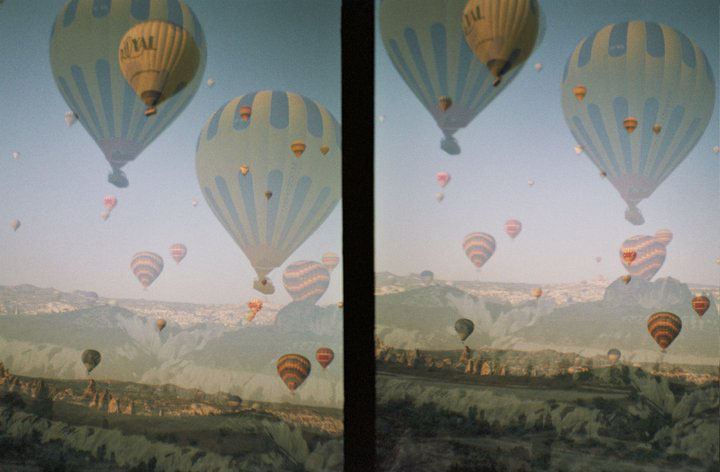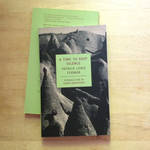Three Cheers for Archaeology
Today marks the second annual Day of Archaeology, an online event dedicated to sharing the diverse activities of archaeologists throughout the world. Hundreds of archaeologists from around the world will share their own “day in the life” stories. These posts demonstrate the wide range of activities that archaeologists and their teams do to gather data and publish their findings. From digging in the dirt to building databases and from making coffee to organizing museum exhibitions, these tasks bring to light the myriad ways that basic archaeological information makes its way into public knowledge.
Ostensibly, ancient and medieval dwellings in Cappadocia would be excellent archaeological sites. But most complexes were made through cuting out of the rocky landscape, so there’s no real need to dig. Instead, archaeological surveys have been employed to great effect. For instance, Robert Ousterhout and his team surveyed the area near Çanlı Kilise, overturning the long-held belief that it had been a monastery. Veronica Kalas has published a survey of the settlement at Selime-Yaprakhisar, also arguing that secular settlements were a part of Byzantine society in Cappadocia. See the Documenting Cappadocia bibliography for a list of publications.
One of the more useful ways of viewing archaeology in terms of Cappadocia, then, its its inherent interdisciplinary nature. Archaeologists may be trained as art historians, anthropologists, historians, and IT practitioners. They are also quick to point out that there’s a difference between sharing data and producing scholarly work, and they are often involved in interpreting and disseminating their findings to both academic readers and the public at large. As I develop this site, archaeological projects continue to be an inspiration. At the Linked Ancient World Data Institute, archaeologists proved to be innovative participants in the Linked Data network, advancing digital publishing, and database building in ways that build foundations for further research. I hope that the data shared on this site will launch others into creating scholarly work as well.

